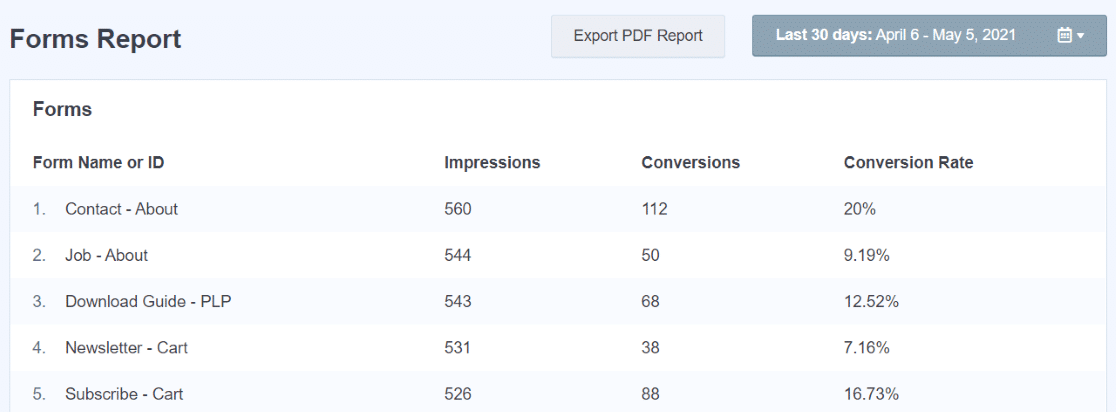Discover the Limitations of Google Analytics Goals: Unveiling the Data Kind That Remain Untrackable
As organizations increasingly rely on data-driven decision-making, recognizing the constraints of devices like Google Analytics comes to be extremely important. While Google Analytics Goals deal useful understandings into customer interactions, there exist data types that elude monitoring, posing challenges to a comprehensive understanding of user behavior.
Insufficient Individual Trip Tracking
Insufficient customer journey tracking within Google Analytics can hinder the capability to precisely examine user behavior. When the individual journey is not fully tracked, there are voids in the information that stop an extensive understanding of just how individuals interact with a web site. This absence of insight can cause missed out on opportunities for optimization and renovations to the user experience.
One common issue with insufficient individual trip monitoring is the lack of ability to see the complete path that customers take previously finishing a goal or leaving the website. Without this information, it is testing to determine where individuals might be encountering challenges or friction points that stop them from converting. Additionally, incomplete tracking can obscure the impact of specific marketing initiatives or site changes on user habits.
To resolve this constraint, it is essential to establish appropriate tracking devices within Google Analytics to capture the entire customer journey. This might entail establishing event monitoring, objective funnels, or using tools like Google Tag Supervisor to ensure that no crucial communications go unrecorded. By obtaining a comprehensive view of the individual trip, web site owners can make even more educated choices to enhance individual interaction and drive conversions.
Acknowledgment Difficulties
Browsing with acknowledgment difficulties in Google Analytics needs a comprehensive understanding of exactly how different touchpoints contribute to the overall conversion process. Acknowledgment obstacles occur from the intricacy of contemporary client trips, where users communicate with numerous channels before converting.
One usual acknowledgment difficulty is the difficulty in connecting conversions to the appropriate resource, especially in cases where users connect with multiple channels prior to converting. This can result in errors in determining which advertising initiatives are driving the most conversions. Furthermore, cross-device tracking postures one more attribution challenge, as customers commonly change between devices during their journey, making it challenging to track their communications perfectly. Marketers must very carefully interpret and examine attribution data to make informed choices and enhance their marketing strategies properly.
Offline Conversions
Provided the challenges related to associating conversions properly in online channels, the dimension of offline conversions presents a substantial possibility for marketing experts seeking a more thorough understanding of their customers' trip. Offline conversions refer to activities that clients absorb the physical globe, such as making acquisitions in brick-and-mortar stores or over the phone, going to events, or involving with published products - what data is google analytics goals unable to track. These conversions are essential for organizations that run both online and offline, as they supply useful understandings into the efficiency of advertising projects across numerous touchpoints
Tracking offline conversions generally posed a substantial challenge for online marketers, as it was testing to link basics these actions back to particular on the internet communications precisely. With advancements in innovation, such as the integration of CRM systems, one-of-a-kind identifiers, and discount coupon codes, organizations can now bridge the gap in between online and offline data to gain a much more alternative view of client behavior. By effectively gauging offline conversions, marketing experts can enhance their methods, allocate sources extra efficiently, and ultimately boost the overall customer experience.
Cross-Device Tracking
Cross-device monitoring plays a critical function in comprehending the interconnected nature of consumers' electronic communications throughout multiple gadgets. In today's omnichannel world, where individuals effortlessly switch over between mobile phones, desktops, and tablets, tracking their actions throughout these devices is vital for marketing professionals to acquire an extensive sight of their customer journey.

Additionally, personal privacy concerns and official source regulations such as GDPR and CCPA have better challenging cross-device tracking. With users requiring even more control over their information and increased restrictions on tracking technologies, marketing experts should discover cutting-edge and privacy-compliant means to attach individual interactions across tools.
Dynamic Web Content Involvement
Comprehending user involvement with dynamic content is essential in enhancing digital advertising strategies for boosted target market interaction. Dynamic web content refers to internet site components that change based upon individual actions, preferences, or other variables, providing a customized experience. However, tracking customer communications with vibrant material presents challenges for conventional analytics tools like Google Analytics.
While Google Analytics can track fundamental interactions like clicks and page sights, it might battle to catch even more nuanced involvements within dynamic content. what data is google analytics goals unable to track. Metrics such as time invested on certain vibrant elements, hover actions, or communications within pop-ups are frequently not easily quantifiable making use of common tracking approaches. This limitation impedes online marketers' ability to fully grasp just how users are engaging with vibrant material and tailor their methods as necessary

Conclusion
Finally, Google Analytics objectives have constraints in tracking insufficient individual trips, associating conversions properly, catching offline conversions, tracking cross-device communications, and gauging vibrant content interaction. These restrictions highlight the value of exploring additional monitoring approaches and tools to obtain a more extensive understanding of individual behavior and conversions beyond what Google Analytics can offer.
While Google Analytics Goals deal important insights right into customer communications, there exist information kinds that elude tracking, posing difficulties to a detailed understanding of user habits.Insufficient user trip tracking within Google Analytics can hinder the ability to properly assess user actions. When the individual journey is not totally tracked, there are spaces in the data that stop a detailed understanding of just how individuals communicate with an internet site.One common issue with incomplete user trip tracking is the failure to see the complete path that customers take previously finishing a goal or leaving the website. By acquiring an extensive view of the customer journey, web site proprietors can make even more informed choices to enhance user interaction and drive conversions.